When you care about Portland’s troubling transportation price range state of affairs, the first-ever assembly of Metropolis Council’s new Transportation & Infrastructure Committee supplied excellent news and unhealthy information. We heard critical funding warnings, acquired some hope that they’ll be taken significantly, and heard what key councilors wish to prioritize going ahead.
Let’s begin with the unhealthy information: the Portland Bureau of Transportation has a $38 million deficit (that is separate from the town’s $100 million deficit) and it comes on the heels of six years of great cuts. After listening to displays from PBOT Director Millicent Williams and Deputy Metropolis Administrator for Public Works Priya Dhanapal on Monday, T & I Committee Chair Olivia Clark supplied this blunt evaluation: “I believe it will be irresponsible — if not even prison — of us to not deal with these points as a result of they concern our well being and security each single day of each one that lives in Portland.”
“Excited about the very actual penalties of that under-investment is what retains me up at night time,”
– Millicent Williams, PBOT director
“It will be irresponsible — if not even prison — of us to not deal with these points.”
– Olivia Clark, metropolis councilor and committee chair
If PBOT is compelled to chop $38 million from its price range the affect could be profound. Director Williams advised the 5 members of the T & I Committee that, “We are going to by no means have the ability to return to proactively sustaining roadways, bridges, indicators, avenue lights and sidewalks — a lot much less meet the coverage objectives that you just, the council, set for us.” “Excited about the very actual penalties of that under-investment is what retains me up at night time,” Williams continued. “Property failing, security compromised, livability diminished, public belief destroyed.”
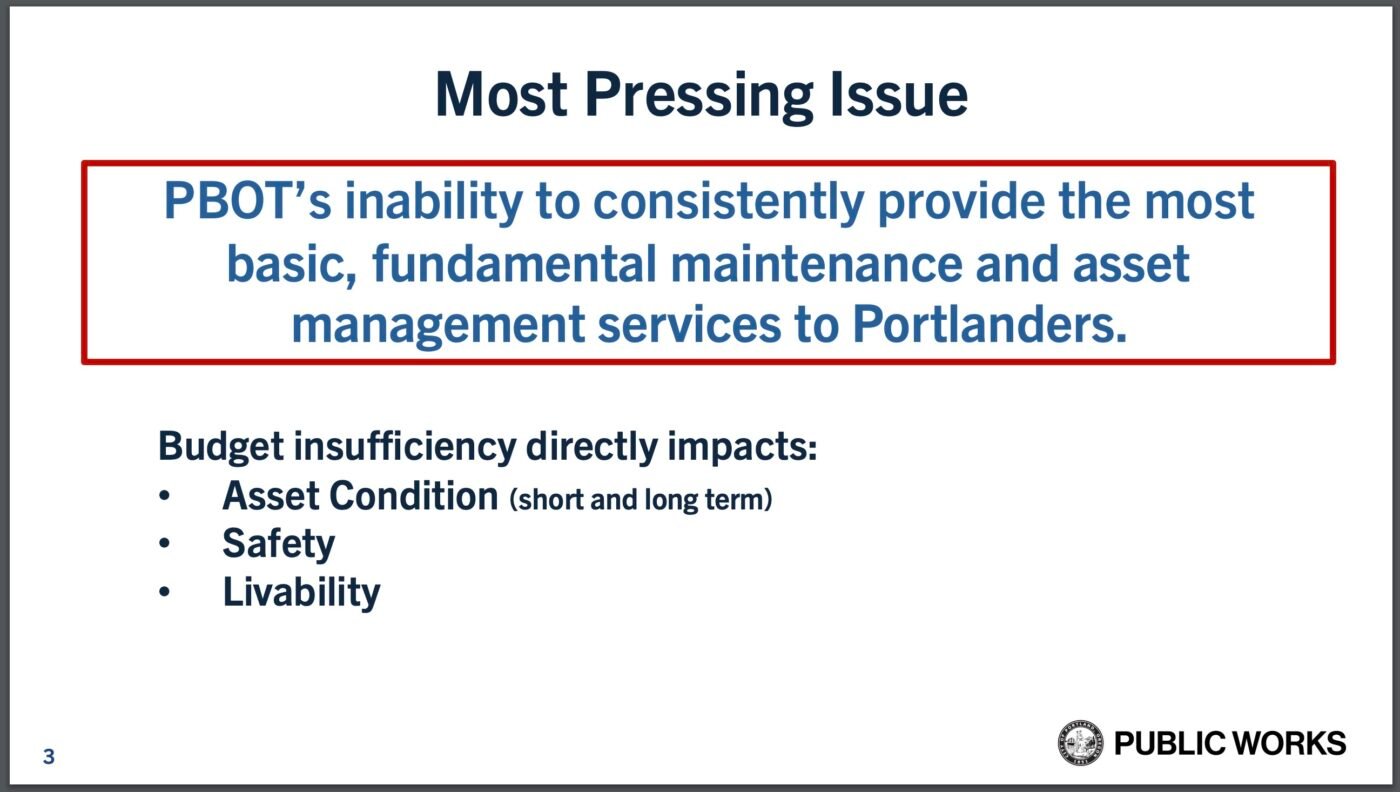
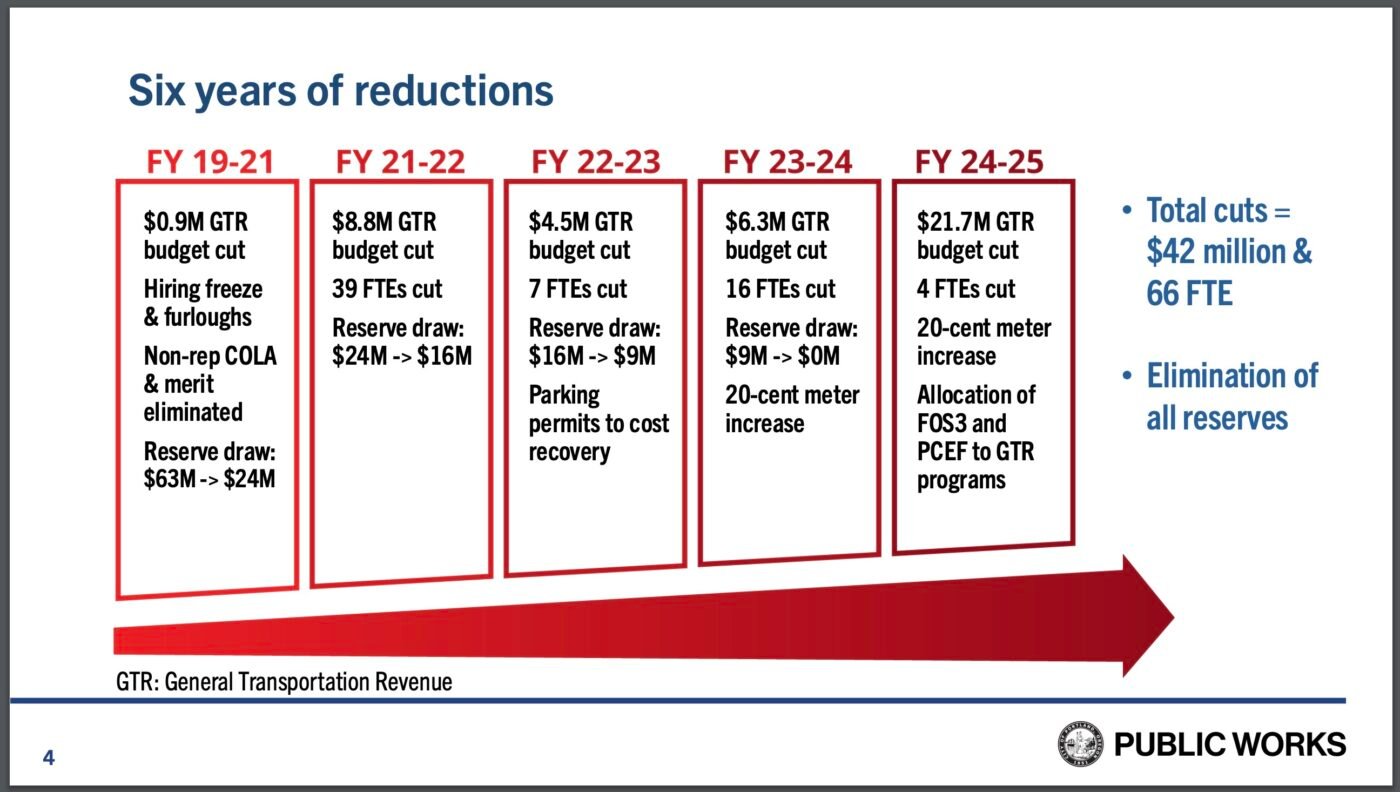
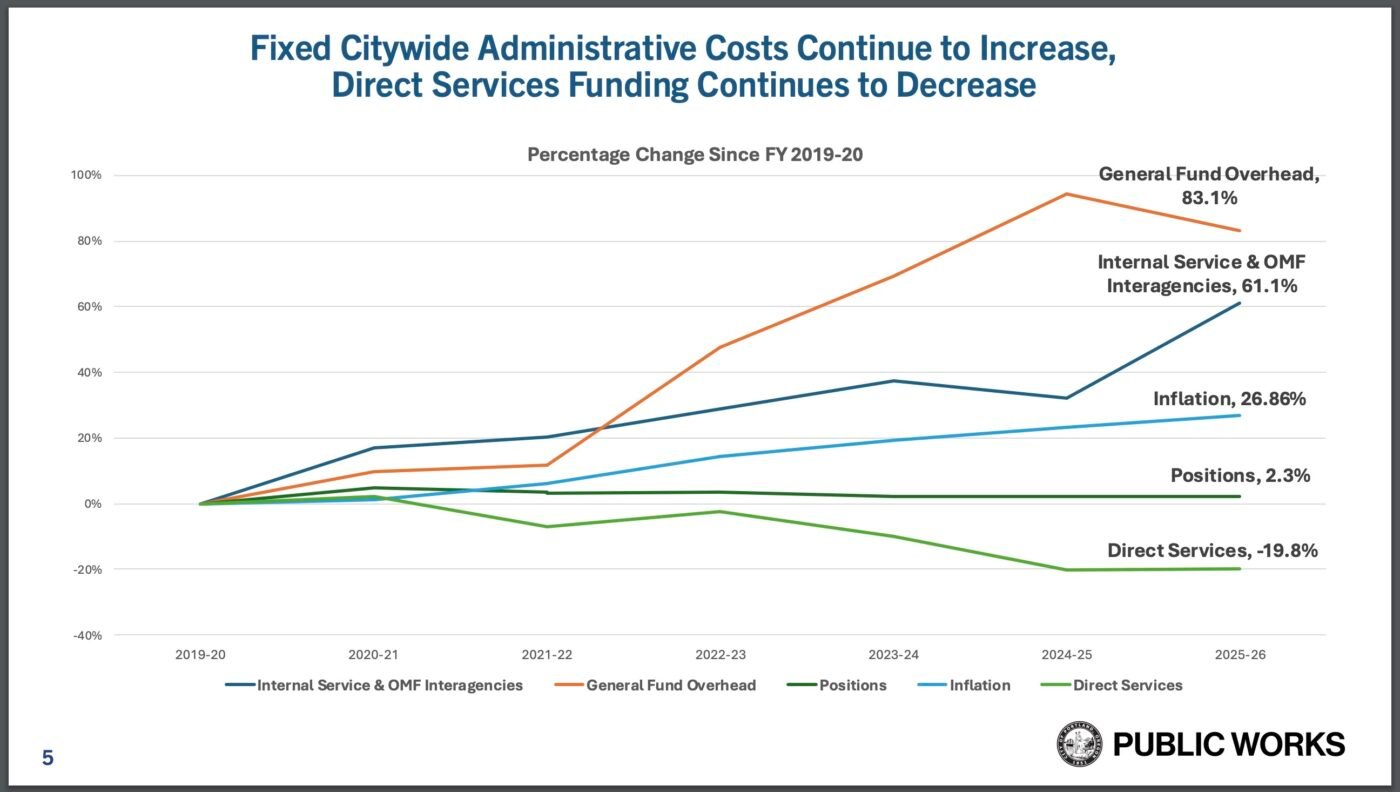

PBOT is reeling largely as a result of the town’s Basic Fund starves the bureau’s price range of invaluable discretionary {dollars}. Almost three-fourths of PBOT’s $600 million annual price range (about $415 million) is tied up as grants (or different set-aside obligations) and should be spent on particular tasks. At the moment lower than 1% of the Basic Fund flows to the Public Works service space regardless of the businesses inside it (PBOT, Water, and Environmental Providers) being chargeable for 90% of the town’s constructed belongings. Dwindling income from gas gross sales and parking meters has additionally contributed to the funding deficit.
And previous political selections have come due: About 30 years in the past, Metropolis Council established the Utility License Charge (ULF), a charge paid by corporations that place infrastructure within the public right-of-way. 28% of that charge was presupposed to circulation to the transportation bureau. However year-after-year the ULF was carved into for the Basic Fund and used as a Metropolis Council piggy financial institution. “That funding supply, which might account to about $30 million a yr,” Director Williams mentioned at Monday’s assembly, “has decreased to zero.”
Ideological and unlawful funding actions by the Trump Administration have added to anxiousness round PBOT’s price range. Williams advised councilors that an estimated $115 million in grant funds are, “in suspense proper now as we proceed to know what might be taking place on the federal degree.”
Regardless of all that doom-and-gloom, the truth that a candid and in-depth dialog concerning the price range is occurring in any respect is cause for optimism. The T & I Committee is a part of Portland’s model new type of authorities that by no means existed previously. It provides councilors a chance to get educated by employees (and by the general public) and focus on points exterior of standard Metropolis Council conferences.
Former Metropolis Commissioner Chloe Eudaly, writing in her “Road Wonk” publication this week, shared that the committees, “symbolize a radical departure from how coverage has traditionally been developed at Metropolis Corridor.” Right here’s extra from Eudaly on how the brand new committees differ from the outdated course of:
“Prior to now, commissioners labored behind the scenes, counting on metropolis attorneys for steerage and fascinating in shuttle diplomacy between places of work. Except there was vital public outreach—which regularly wasn’t the case—the general public had little alternative to weigh in earlier than a virtually finalized proposal got here earlier than council for a primary studying. As a result of these conferences might be prolonged and contentious, councilors had restricted skill to genuinely deliberate or meaningfully deal with considerations raised by their colleagues or the general public. Amendments might be proposed and handed, however the course of didn’t all the time yield the absolute best consequence.”
At Monday’s assembly, Bureau of Fleets and Services Director Maty Sauter echoed Eudaly’s sentiments. Throughout her presentation about why the town faces such a problem with regards to asset administration and the $13 billion upkeep backlog, Sauter mentioned, “I believe it’s additionally necessary to acknowledge the institutional factor of this. [The bureaus and their assets] have been additionally managed by mainly 5 separate CEOs. A few of them actually didn’t actually have a background in infrastructure earlier than they have been making selections about what to do with their funding. And so I believe there’s a way on on the a part of Metropolis Administrator [Michael] Jordan that constitution reform is the fitting second — that is the time after we can begin fascinated about how we do issues comprehensively.”
So whereas we face a historic funding cliff, we additionally face a historic alternative to do one thing about it. That work will start within the T & I Committee.
On the outset of Monday’s assembly they got an opportunity to share their high priorities. District 3 Councilor Angelita Morillo mentioned addressing harmful corridors like Cesar E Chavez Boulevard and 82nd Avenue is her high precedence. Morillo additionally mentioned she desires to be sure that, “Our infrastructure throughout the town is bodily modified… to gradual our streets down.” A part of her imaginative and prescient can be to, “take into consideration closing extra neighborhood streets, making them extra pedestrian pleasant.” Morillo mentioned her imaginative and prescient for transportation consists of having extra youngsters feeling protected sufficient to play exterior. She additionally talked about her “massive desires for Sandy Boulevard” that embrace a fast transit line or a motorcycle lane on the diagonal thoroughfare that’s been teed up for large adjustments subsequent yr.
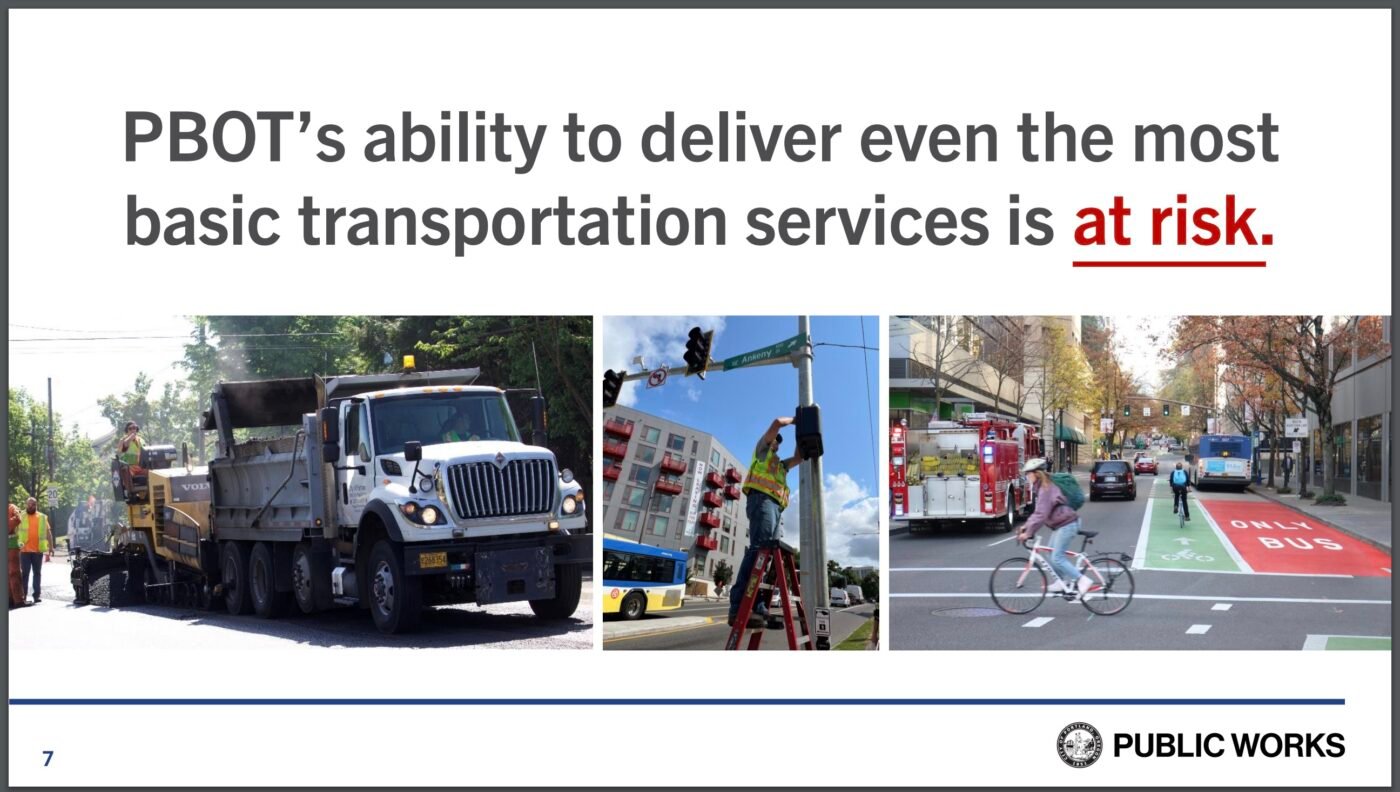
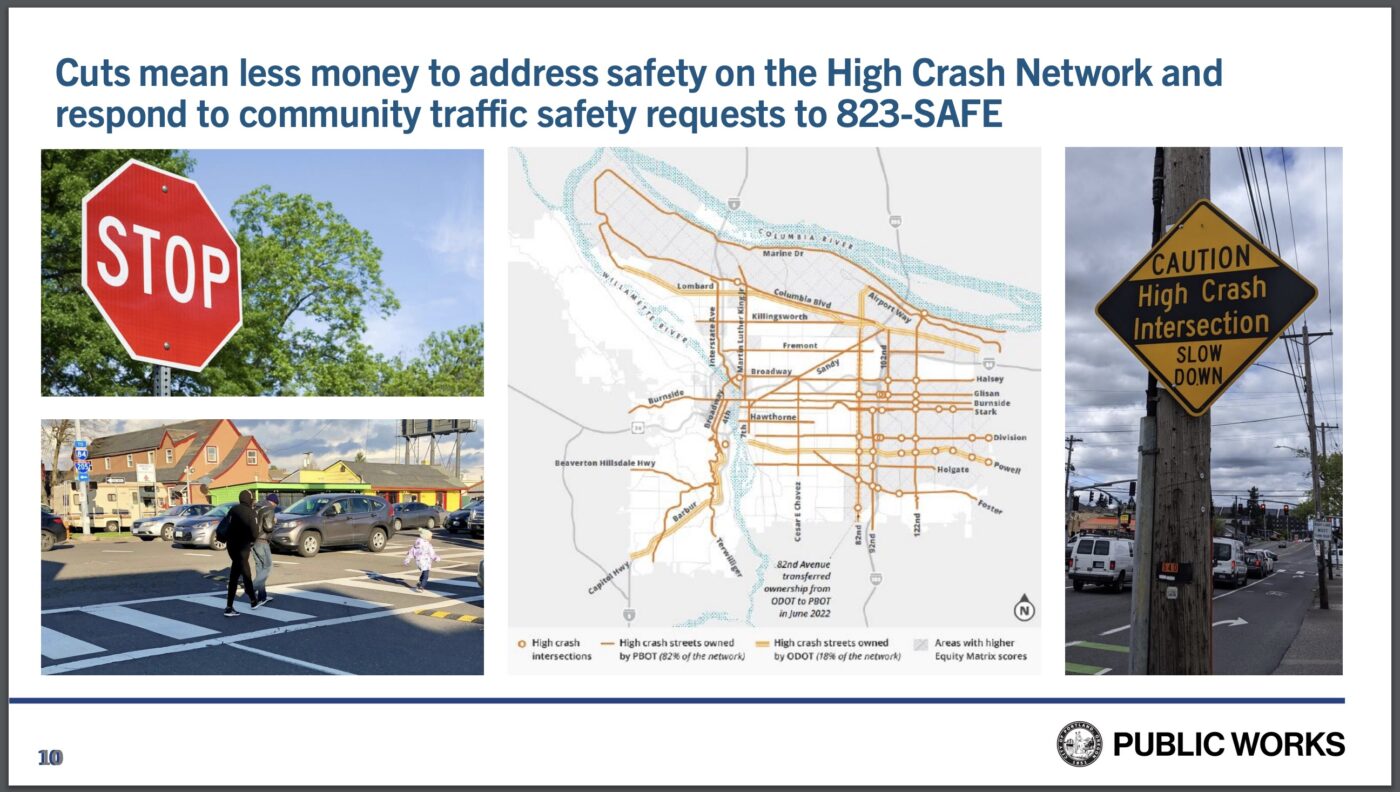
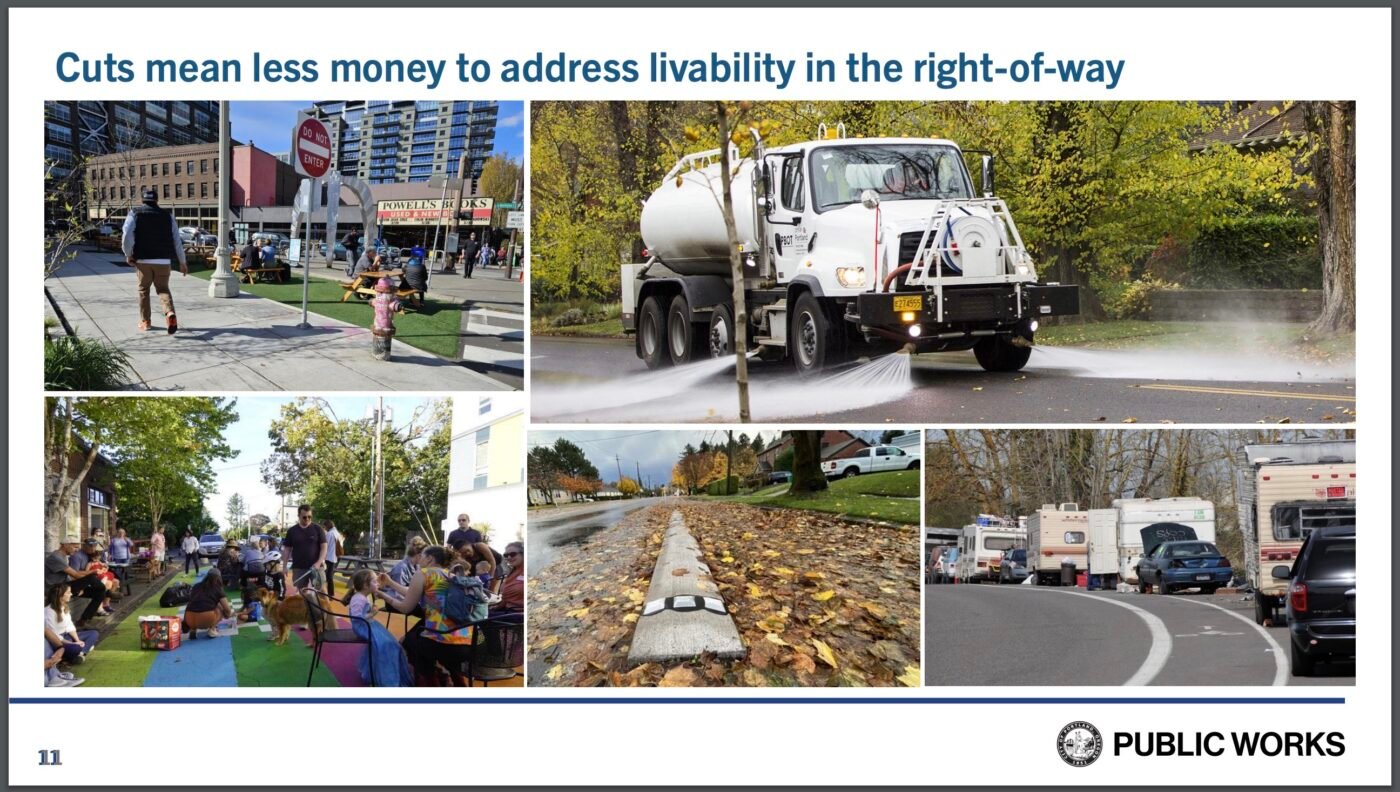
District 4 Councilor Mitch Inexperienced mentioned having sound infrastructure is, “the inspiration of the worth of the regional financial system,” and added that he desires to give attention to financing and funding because the “massive lynchpin” of his imaginative and prescient. Inexperienced mentioned he’ll prioritize bringing extra full infrastructure to components of the town like east Portland (District 1) and southwest and in addition talked about the worth of investing in 15-minute cities and mixed-use density like what native planning advocates confer with as, “4 flooring and nook shops.” “This is a chance for us to consider the west and east components of the town as having a typical trigger,” he mentioned.
District 3 Councilor Tiffany Koyama Lane mentioned she desires to work towards, “lowering site visitors violence” and talked about streets like Cesar Chavez, SE Division, 82nd, Powell and Sandy. Koyama Lane known as out her curiosity in pushing for elevated visibility round intersections within the type of “daylighting” — a therapy the place parking subsequent to the nook is prohibited. She additionally talked about the necessity for safer routes to high school, how her household is a daily participant of their faculty’s bike bus and that protected streets are additionally important for older Portlanders. “There’s that slogan from Portlandia that it is a place ‘the place younger individuals go to retire.’ We additionally need Portland to be a spot the place individuals can keep and retire, and might age right here, and might try this safely and with dignity,” she mentioned.
Committee Chair Olivia Clark was busy taking notes all through the assembly and mentioned she’s placing collectively a piece plan based mostly on what she’s heard to this point. Clark can even be listening on the subsequent T & I assembly set for February twenty fourth the place a deep-dive on PBOT is deliberate and there might be appreciable time put aside for public remark.
The T & I Committee meets the second and fourth Monday of every month from 9:30 a.m. to 11:30 a.m. Study extra on the committee web site.































